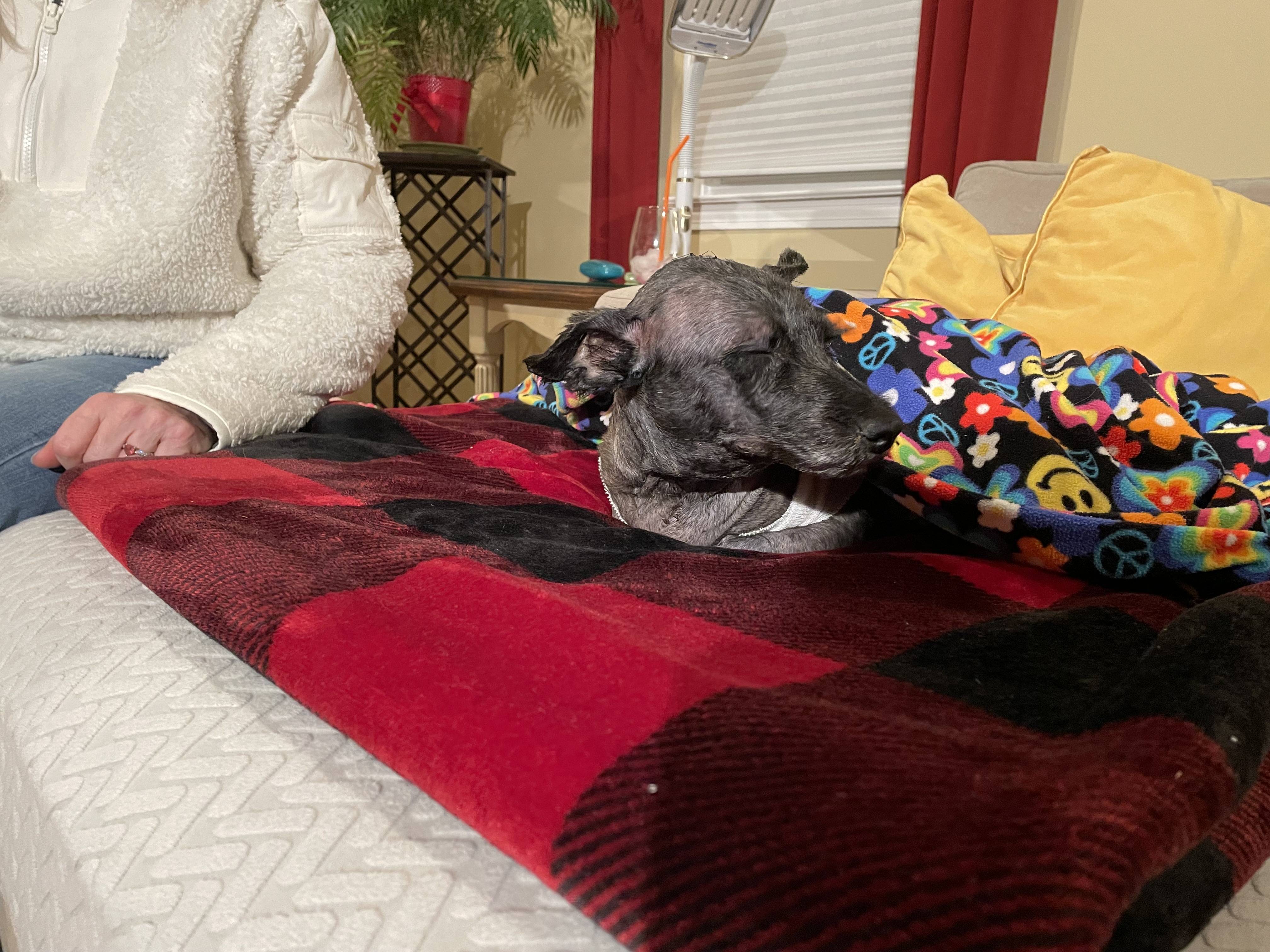Down syndrome is an easily recognized, well-known genetic disorder. But there is another genetic disorder that even more babies are born with and it is rarely talked about. It is called 22q11.2 Deletion Syndrome and is the result of a small missing piece of the 22nd chromosome.
The Holmes family in South Windsor has been trying to raise awareness so that other families are not as blindsided as they were and so that school districts can be even more prepared to educate children with the syndrome.
Mason Holmes, a 9-year-old from South Windsor, was diagnosed with 22q just before his third birthday. His mom Cristina had been searching for answers since Mason was an infant and toddler and was displaying delays in his fine motor skills and speech. Up to that point, they found Connecticut’s Birth to Three program very helpful.
“He wasn't crawling by his first birthday and that was a red flag for me. I knew something was wrong,” Cristina Holmes, said.
Get top local stories in Connecticut delivered to you every morning. >Sign up for NBC Connecticut's News Headlines newsletter.
Dr. William Graf, a neurologist at Connecticut Children’s took one look at Mason and knew he had 22q before confirming it with a blood test. The prevalence, or number of people living with the condition, is one in 2,000, according to Dr. Graf.
“The incidence is higher than that. Some good studies show that the incidence is one in 960 births. So that is more common than Down Syndrome,” said Graf who went on to say that Down syndrome is “about one in 1,000 to one in 1,500 births.”
Dr. Graf estimates that 20 children are born each year with 22q in Connecticut, although many go undiagnosed for years until more symptoms start surfacing.
Local
Velocardiofacial syndrome and DiGeorge Syndrome are alternative names for 22q. It has multiple names because it was observed by doctors all over the world since the 1960s, but it wasn’t until 1992 that they realized they were all describing the same thing, according to Dr. Graf.
There’s a broad range of medical conditions and physical features associated with 22q.
“There are over 200 different, well-described conditions, which include orthopedic, spine problems, growth and development, immunological problems, endocrinological problems, over 200 different features. And not every child will have all of them. Each child will have some of them, which makes it a little bit tricky,” said Dr. Graf.
Most children often have learning disabilities as well, according to Dr. Graf. Cases can be mild to very severe. In 90% of the cases neither parent has this. It happens after conception.
A diagnosis can send families like the Holmes down a rabbit hole of information and a long list of specialists to see, which can be overwhelming.
“He [Dr. Graf] gave me a kind of a list of all these things that could go wrong. So you know, your emotions are going, kind of like, I don't know where to even begin, I don't even know how to make sense of this,” said Holmes.
After his diagnosis, Mason started running down the list of specialists to see including in cardiology, endocrinology, immunology, infectious disease.
“Once we figured out internally, he was OK, we started to notice that it's the memory, it's the learning part, it's the brain that 22q really affects,” said Holmes.
Mason needed extra support beginning in preschool. He was keeping up with his peers until this year in second grade, when many of the visuals went away.
“He has a special ed teacher who's his case manager and she plans out with the team, you know, what is the best way to teach him because he doesn't learn just through verbal instruction. He needs visuals. He needs a lot of repetition,” said Holmes.
Holmes recently shared Mason’s story in the Manchester Community College paper. She is hopeful the increased awareness will help more families like hers.
“I think early intervention, if you can find the answers quickly, and then put action behind it, and have help in the way that you need it for your child that will help their quality of life when they grow up,” said Holmes.



